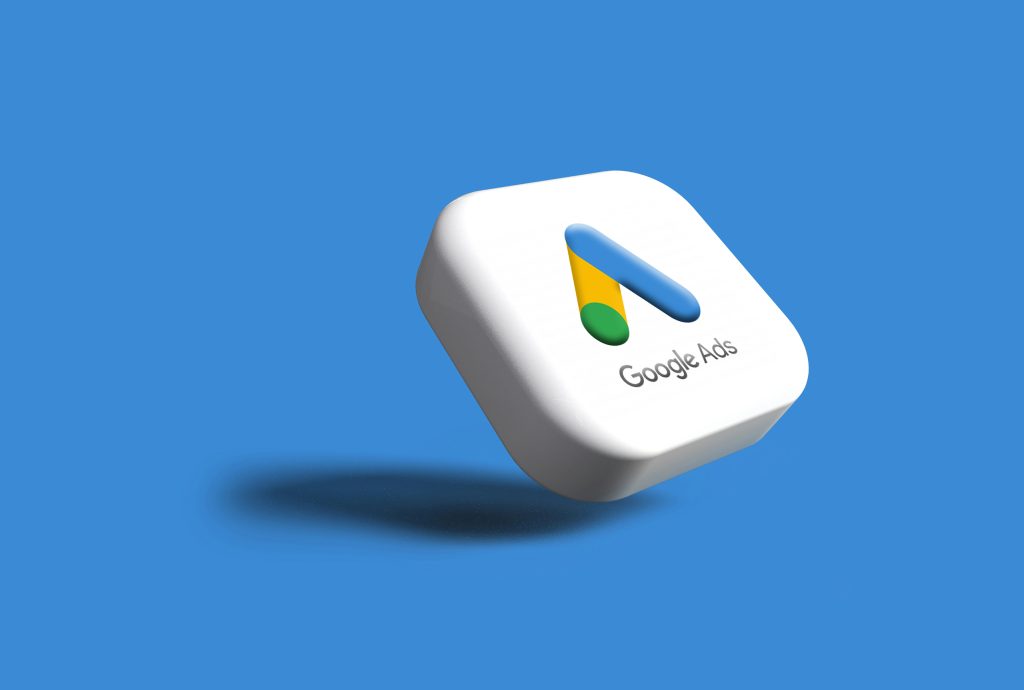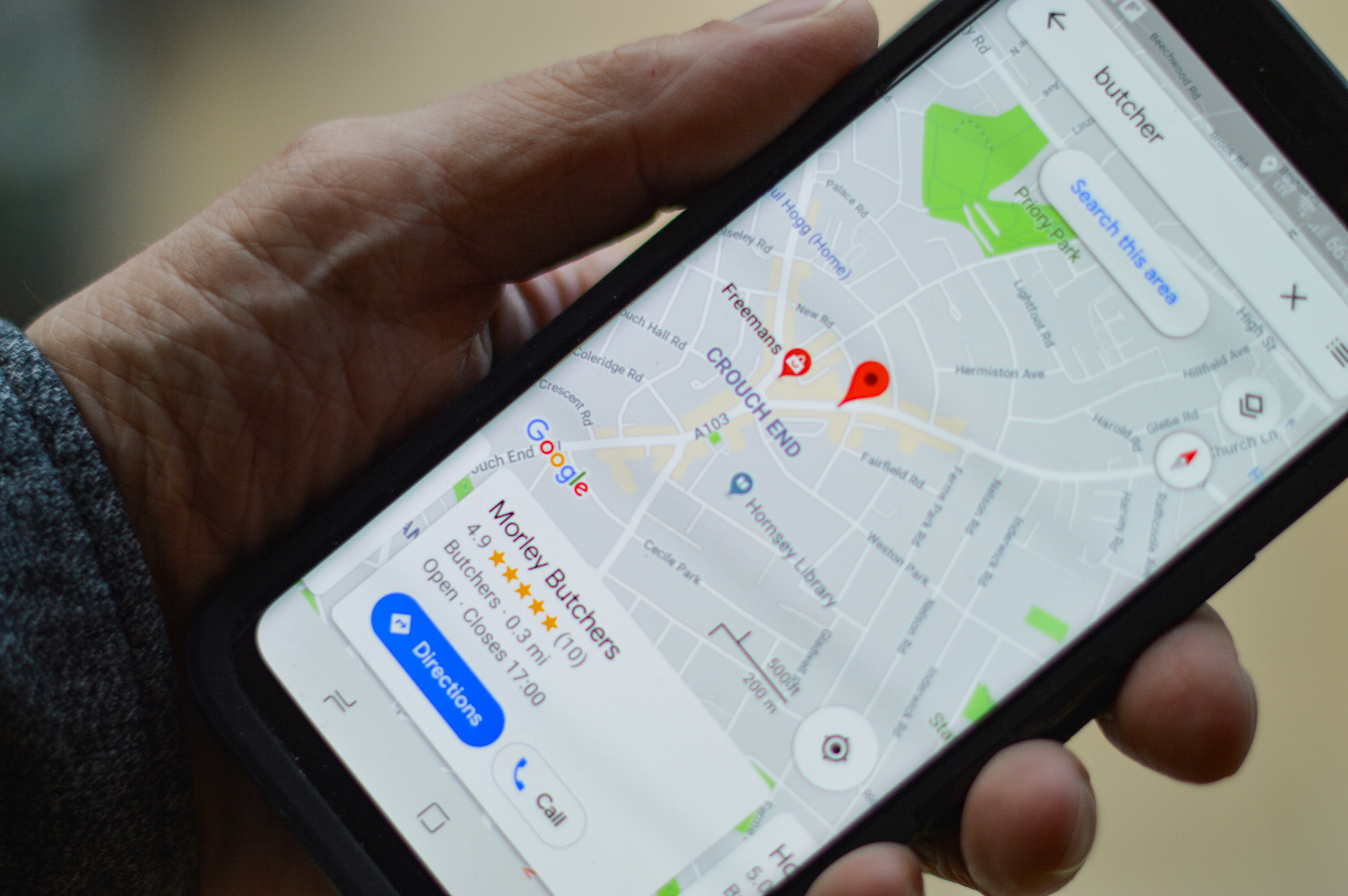
Google Ads in 2024 is a different game. Whether you’re an advertiser, marketer, or business owner, you’ve likely noticed that running campaigns isn’t as straightforward as it used to be. Costs are rising, competition is fierce, and achieving the same results as you did just a year ago may now feel like an uphill battle. If your Google Ads performance has declined, you’re not alone.
The digital advertising landscape has evolved, and the game’s rules have changed. But there’s a silver lining: while Google Ads may no longer guarantee the returns it once did, there are numerous ways to optimize your business, drive conversions, and grow your brand by thinking beyond paid search.
In this article, we’ll discuss why Google Ads has become more challenging, what’s driving these changes, and, most importantly, how to adapt to this new reality to keep your business thriving.
Why Google Ads Is No Longer the Same: The Changing Landscape
Rising CPCs and Declining Returns
One of the most significant changes in Google Ads is the sharp increase in Cost-Per-Click (CPC). Data shows that CPCs have risen 133% year-over-year, with some industries, such as retail, seeing a 40-50% increase over the past five years. If you’re still trying to operate with the same budget and strategy from a few years ago, you’re likely finding it hard to compete.
Advertisers need to rethink their bid strategies and focus on more cost-effective methods of reaching their audience to stay competitive. Experimenting with manual and automated bid strategies can help optimize ad spend while maintaining visibility.
Increased Competition Since the Pandemic
The COVID-19 pandemic reshaped the digital landscape, pushing more businesses online. As a result, competition for online ad space surged. While e-commerce thrived during the pandemic, many companies initially forced to go digital have continued to invest in online advertising, driving up demand—and, subsequently, ad prices.
This surge also means more companies are competing for the same search results placements, making it crucial for businesses to continually refine their search ads to stand out in a crowded marketplace.
Google’s Control Over Ad Costs
An added challenge is Google’s floor pricing for ads. Even if you’re the only bidder on a keyword, you still have to pay a minimum price that Google sets. This, combined with claims from whistleblowers that Google has been quietly raising ad prices, has put more pressure on advertisers’ budgets. These increased costs mean businesses must think strategically about where and how they allocate their advertising spend.
A well-structured search campaign can be more effective if combined with intelligent landing page optimization, ensuring that the traffic driven by paid ads converts efficiently. This can help mitigate the rising costs of ads by improving the ROI of each click.
Adapt, Don’t Blame: Shifting Your Mindset in 2024
Understanding the Macro Environment
It’s easy to blame Google or the economy for decreased ad performance. However, focusing on external factors won’t solve the problem. Yes, macroeconomic pressures are at play, and Google is making decisions that benefit its bottom line. But the key to success is adapting to the environment and focusing on what you can control.
Why Complaining Won’t Help
Many businesses fall into the trap of complaining about their decreasing Google Ads ROI without taking action to improve their situation. Complaints won’t drive conversions; proactive changes will. It’s time to shift your mindset and focus on solutions.
Start by regularly analyzing your search campaign performance, tweaking bid strategies, and testing new approaches. This is especially important now, as it allows you to adapt quickly to changing costs and user behaviors.
Google Ads Is a Tool, Not a Solution: Thinking Beyond Paid Ads
Embrace a Holistic Approach to Marketing
Google Ads is a great tool but shouldn’t be your only tool. Businesses that succeed in 2024 will be the ones that don’t rely solely on Google Ads to generate leads or sales. Instead, they adopt a holistic marketing approach incorporating organic search, social media, content marketing, affiliate marketing, and conversion rate optimization (CRO).
This also means leveraging other features, like Google Merchant Center, to optimize product listings, ensure better integration across platforms, and smoother demand-gen campaigns.
Why You Need a Multi-Channel Strategy
You’re vulnerable if you put all your eggs in the Google Ads basket. A multi-channel strategy ensures that you reach your target audience across various platforms, reducing reliance on one advertising medium. Explore opportunities on social media platforms, SEO, content marketing, affiliate programs, email campaigns, and offline marketing. This diversified approach helps to build brand awareness, drive engagement, and attract potential customers from different sources.
When running search ads, connecting these efforts with a comprehensive digital strategy that ties together your SEO, social media, and content marketing is essential. Effective bid strategies on search and shopping ads should complement organic growth efforts.
The Vital Role of Search Engine Optimization (SEO)
Search Engine Optimization is one of the most powerful tools for growing your business organically and reducing dependency on paid ads. While Google Ads can drive quick results, SEO builds sustainable traffic over time. To succeed in 2024, companies must embrace all aspects of SEO:
- Technical SEO: Ensure your website is crawlable, fast, and secure. Optimize for mobile and fix broken links.
- On-Page SEO: Create valuable, keyword-optimized content that answers your audience’s needs. Use clear headings, alt texts for images, and meta descriptions.
- Off-Site SEO: Build authority through quality backlinks, partnerships, and social proof. Guest blogging, influencer outreach, and press releases can enhance your brand’s credibility.
- Local SEO: An often underestimated component, local SEO can significantly improve your visibility in specific regions. Optimize your Google Business Profile, use local keywords, and get listed in local directories. Engage with local reviews and leverage region-specific content to boost local search rankings.
Combining these SEO strategies with a robust Google Ads approach can synergistically improve your overall digital marketing results.
Exploring Affiliate Marketing as a Growth Driver
Affiliate marketing has gained renewed importance as businesses look to diversify their advertising strategies. You can create a network of partners who promote your products and services by collaborating with ambassadors, influencers, brands, and product advocates. This is an effective way to reach audiences you might not have direct access to through traditional advertising. Consider these options:
- Ambassador Programs: Engage loyal customers and fans to become brand ambassadors who promote your business in exchange for perks or commissions.
- Influencer Partnerships: Collaborate with influencers in your niche to leverage their follower base and build trust and credibility for your brand.
- Affiliate Networks: Partner with established affiliate platforms to scale your reach. This approach enables you to connect with bloggers, content creators, and even other businesses that can promote your products.
- Product Advocates: Identify and collaborate with people who genuinely love and are willing to promote your products. Their authentic recommendations can be far more persuasive than traditional ads.
Pushing Boundaries with Experimentation
Experiment with different types of affiliate programs to find what resonates best with your target audience. Pushing the boundaries and thinking outside the box can help you discover new revenue streams and create brand advocates who genuinely believe in your products. Combining affiliate marketing with well-structured search ads can drive immediate and long-term growth.
The Importance of Conversion Rate Optimization (CRO)
CRO can make or break your online marketing efforts. Many businesses spend large amounts of money driving website traffic but fail to convert visitors into customers because their websites aren’t optimized for conversion. Here’s how to get started with CRO:
- Focus on Speed: Make sure your website loads quickly. Slow-loading pages are a leading cause of cart abandonment.
- Clear Call-to-Actions (CTAs): Guide your visitors through the buying process with compelling CTAs.
- Mobile Optimization: Ensure your website is mobile-friendly, as a large portion of traffic comes from mobile devices.
Steps to Improve Your Google Ads Campaigns Today
Keep Testing Different Campaign Types
Google Ads may be more challenging, but that doesn’t mean you should abandon it altogether. Instead, focus on testing different campaign types. If Performance Max isn’t delivering the desired results, try standard shopping campaigns, manual CPC, or DSA campaigns. There is no one-size-fits-all solution; experimenting is key to finding what works best for your business.
Understand the Role of Automation and Bid Strategies
Google is pushing advertisers to embrace automation, AI, and machine learning, which may seem like a relief but also takes away some of the control you once had. Understand how Google’s algorithms work and learn to work with them instead of against them. You might find that leveraging automation for specific tasks—like bid strategies—can free up your time to focus on more strategic initiatives.
Improve Your Landing Pages
An excellent landing page is key to conversions. Ensure it’s optimized for speed, has a clear call to action, and matches the user’s search intent. This will help ensure that your ads drive quality traffic that converts. Optimize each landing page to align with your search ads, creating a cohesive and effective user journey.
Get Regular Audits of Your Ads Account
A fresh set of eyes can help identify areas of improvement you might have overlooked. Regularly audit your Google Ads account to ensure you’re making the most of your ad spend. This might include:
- Checking for underperforming keywords and removing them
- Reallocating your budget to campaigns that drive better results
- Updating your ad copy to ensure it remains relevant and compelling
How to Enhance Your Business Beyond Google Ads

Improve Your Website’s User Experience (UX)
User experience matters more than ever. If you’re driving traffic to a poorly designed, slow, or confusing website, you’re essentially throwing money away. Here are a few tips to improve UX:
- Streamlined Navigation: Make it easy for users to find what they want.
- Responsive Design: Ensure your site looks good on all devices, from desktops to smartphones.
- Simple Checkout Process: The fewer steps, the better. Customers should be able to make purchases quickly and easily.
Boost Your Online Presence with SEO and Content Marketing
Search Engine Optimization (SEO) and content marketing are two of the most effective strategies for building organic traffic. Unlike paid ads, which stop generating traffic the moment you stop paying, organic traffic continues to bring in new visitors over time. Here’s how to get started:
- Conduct Keyword Research: Identify what your target audience is searching for and create content around those terms.
- Regularly Update Your Blog: Consistent blogging helps you rank for more keywords and keeps your audience engaged.
- Focus on High-Quality Content: Valuable, well-researched content attracts more readers and encourages them to share your brand with others.
- Embrace Local SEO Strategies: Create location-specific content, ensure your business is listed in online directories, and encourage local reviews. Local SEO is a game-changer for brick-and-mortar businesses that can drive foot traffic and local engagement.
Strengthen Your Social Media Game
Social media is an excellent platform for building relationships, engaging with your audience, and promoting your brand. Here’s what you can do:
- Build a Content Calendar: Schedule your posts in advance to maintain a consistent presence.
- Engage with Followers: Respond to comments, answer questions, and participate in conversations.
- Use Paid Social Ads: Platforms like Facebook, Instagram, and LinkedIn offer highly targeted ad options to help you reach your ideal customer.
Case Studies: Businesses Thriving Beyond Google Ads
Example 1: Local Retailer Adopts a Multi-Channel Approach
A local home goods store saw a decline in its Google Ads ROI. Instead of giving up, they focused on improving their website speed, launching a social media campaign, and boosting local SEO. They also implemented an affiliate marketing program to leverage local influencers. The result? A 20% increase in overall sales within six months.
Example 2: E-commerce Store Increases Conversions Through CRO, SEO, and Affiliate Partnerships
An e-commerce store specializing in home fitness equipment. Faced with rising CPCs, they invested in CRO strategies, SEO techniques, and an affiliate program to ensure every visitor had a seamless experience and to expand their reach. They collaborated with fitness influencers to promote their products, simplified their checkout process, and optimized their pages for relevant keywords, leading to a 30% boost in conversion rates.
Looking Forward: Embrace Change, Don’t Resist It
Change is the only constant, which couldn’t be more accurate for the digital advertising landscape. Google Ads has changed, and it will continue to evolve. The businesses that will succeed in 2024 and beyond embrace change, stay adaptable, and think strategically about their overall digital marketing approach.
Final Thoughts on Thriving in 2024
- Adapt to Changes in Google Ads: Keep experimenting, testing, and optimizing your campaigns.
- Don’t Put All Your Eggs in One Basket: Explore multiple marketing channels to reduce dependency on a single platform.
- Focus on What You Can Control: Enhance your website, improve customer experiences, develop affiliate partnerships, and offer something unique.
Conclusion
2024 is a challenging time for those relying solely on Google Ads, but it’s also an opportunity. The new digital marketing landscape demands innovation, strategic thinking, and a willingness to adapt. You can survive and thrive by focusing on the areas you can control, diversifying your marketing efforts, and making the customer journey seamless.
The key takeaway? Google Ads is just one tool in your marketing toolbox. To succeed, you must build a well-rounded strategy that leverages multiple channels, prioritizes user experience, and focuses on continuous improvement. Leverage innovative approaches, including affiliate marketing, SEO, and local partnerships, to expand your reach and build a sustainable customer base.
Stay proactive and keep testing; you’ll be well ahead of the competition in 2024 and beyond.

